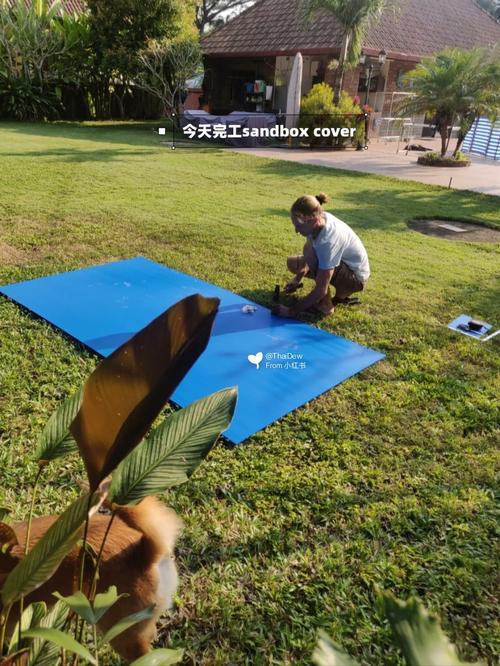How Much Sand for Sandbox: A Comprehensive Guide
Building a sandbox for your child can be an exciting project, but one of the most common questions parents and DIY enthusiasts ask is, “How much sand do I need for my sandbox?” The answer to this question depends on several factors, including the size of the sandbox, the type of sand you choose, and how you plan to use it. Let’s delve into these factors to help you determine the perfect amount of sand for your sandbox.
Understanding the Size of Your Sandbox
The first step in determining how much sand you need is to measure the dimensions of your sandbox. Most sandboxes are rectangular, so you’ll need to measure the length, width, and depth. For example, if your sandbox is 4 feet long, 2 feet wide, and 1 foot deep, you’ll need to calculate the volume of sand required.

Volume is calculated by multiplying the length, width, and depth of the sandbox. In our example, the volume would be 4 feet x 2 feet x 1 foot = 8 cubic feet. This means you would need 8 cubic feet of sand to fill your sandbox to the desired depth.
Choosing the Right Type of Sand
Not all sand is created equal, and the type of sand you choose can affect the amount you need. Here are some common types of sand and their characteristics:
- Play Sand: This is the most common type of sand used for sandboxes. It’s fine, clean, and free of sharp edges, making it safe for children to play in.
- Construction Sand: This type of sand is coarser and may contain small stones or debris. It’s not ideal for sandboxes, as it can be uncomfortable for children to play in and may not be as safe.
- Quartz Sand: Quartz sand is a fine, white sand that is often used in sandboxes. It’s non-toxic and free of harmful chemicals, making it a great choice for children.
When choosing sand for your sandbox, it’s important to consider the type of play you want your child to engage in. If you’re looking for a more natural play experience, quartz sand may be the best option. However, if you’re simply looking for a safe and clean surface for your child to play on, play sand will suffice.
Calculating the Amount of Sand Needed
Now that you know the size of your sandbox and the type of sand you want to use, it’s time to calculate the amount of sand you need. To do this, you’ll need to know the density of the sand you’ve chosen. The density of sand can vary depending on the type and source, but a general rule of thumb is that 1 cubic foot of sand weighs approximately 100 pounds.

Using our previous example, if you need 8 cubic feet of sand, you would need 8 cubic feet x 100 pounds per cubic foot = 800 pounds of sand. This is the amount of sand you would need to fill your sandbox to the desired depth.
Additional Considerations
When calculating the amount of sand for your sandbox, there are a few additional factors to consider:
- Drainage: If your sandbox is prone to waterlogging, you may need to add more sand to ensure proper drainage.
- Play Surface: If you want to create a play surface on top of the sand, you may need to add an additional layer of sand or a different type of material.
- Replacement: Keep in mind that sand will need to be replaced periodically due to weathering and play. Plan for a regular maintenance schedule to ensure your sandbox remains safe and enjoyable for your child.
By considering these factors and calculating the amount of sand needed for your sandbox, you can create a safe and fun play area for your child. Remember to choose the right type of sand, measure the dimensions of your sandbox, and account for any additional factors that may affect the amount of sand you need.
| Dimensions | Volume (cubic feet) | Weight (pounds) |
|---|---|---|
| 4 ft x 2 ft x 1 ft | 8 | 800 |











